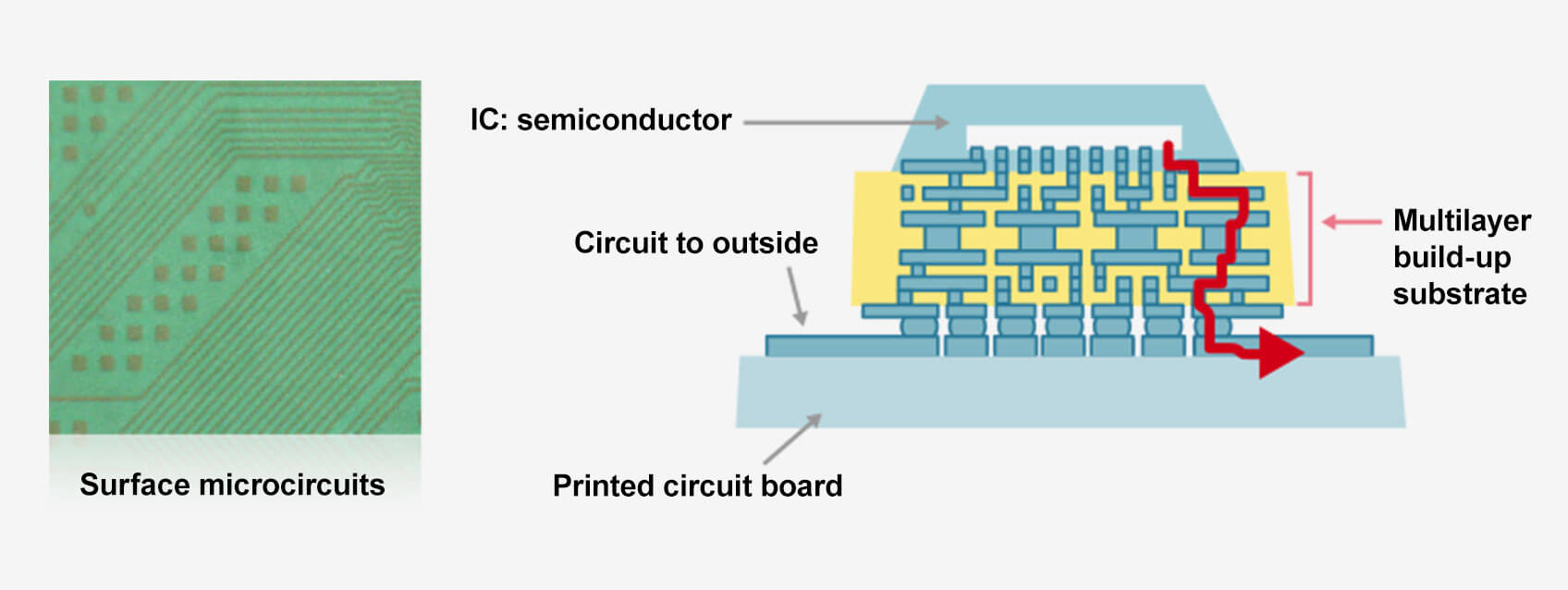

Ajinomoto: Ultra-thin film insulation, 100% share: Essential for CPU manufacturing
Technology of Japanese food companies:
The CPU, which can be said to be the heart of a personal computer.
The technology of Japanese food companies is indispensable for manufacturing this CPU.
It is not well known that “Japanese food companies are holding down the key points”.
The Chinese media Baijiahao issue published an article introducing the food company.
Ajinomoto Co., Inc .:
The article introduced “Ajinomoto Co., Inc.”
High-performance insulating materials are required to manufacture CPUs.
Ultra-thin film insulation:
Ajinomoto applies know-how to amino acids.
Their research focused on epoxy resins with insulating properties.
As a result, They reportedly developed an ultra-thin film-like insulating material.
100% share:
Baijiahao pointed out that this high-performance insulating material currently holds a 100% share of the world market.
Even world-famous semiconductor manufacturers cannot manufacture without Ajinomoto’s insulating materials.
It seems that it completely depends on Ajinomoto.
The virtues of Japanese companies:
“It is true that Japanese companies are holding down the key points of the industry, even though they are inconspicuous.”
Chinese manufacturers tend to self-appeal to something and praise themselves.
It can be said that there is a difference between heaven and earth.
China-Searchina
http://news.searchina.net/id/1697895?page=1
Ajinomoto Build-up Film | Innovation in action |
Innovation
It is not commonly known that the Ajinomoto Group provides a benchmark component of computers.
In fact, Ajinomoto Build-up Film (ABF)
can be found at the heart of most of the world’s personal computers, where it provides electrical insulation of complex circuit substrates for high-performance central processing units (CPUs).
The story of ABF
begins in the 1970s, sees its initial adoption in personal computers in the late 1990s, and continues to evolve to this day in concert with advances in CPU performance.
The need for advanced CPU substrates
grew rapidly in the 1990s with the transition from MS-DOS to Windows operating systems, the rise of large-scale integration in CPUs for personal computers, and the increase in terminals from about 40 in early CPUs to a thousand or more today.
This led to a shift from “lead frame” configurations to CPUs
mounted on multilayer circuit substrates containing complex wiring patterns, creating an urgent demand for new insulating materials.
Ajinomoto Group Global Website – Eat Well, Live Well.